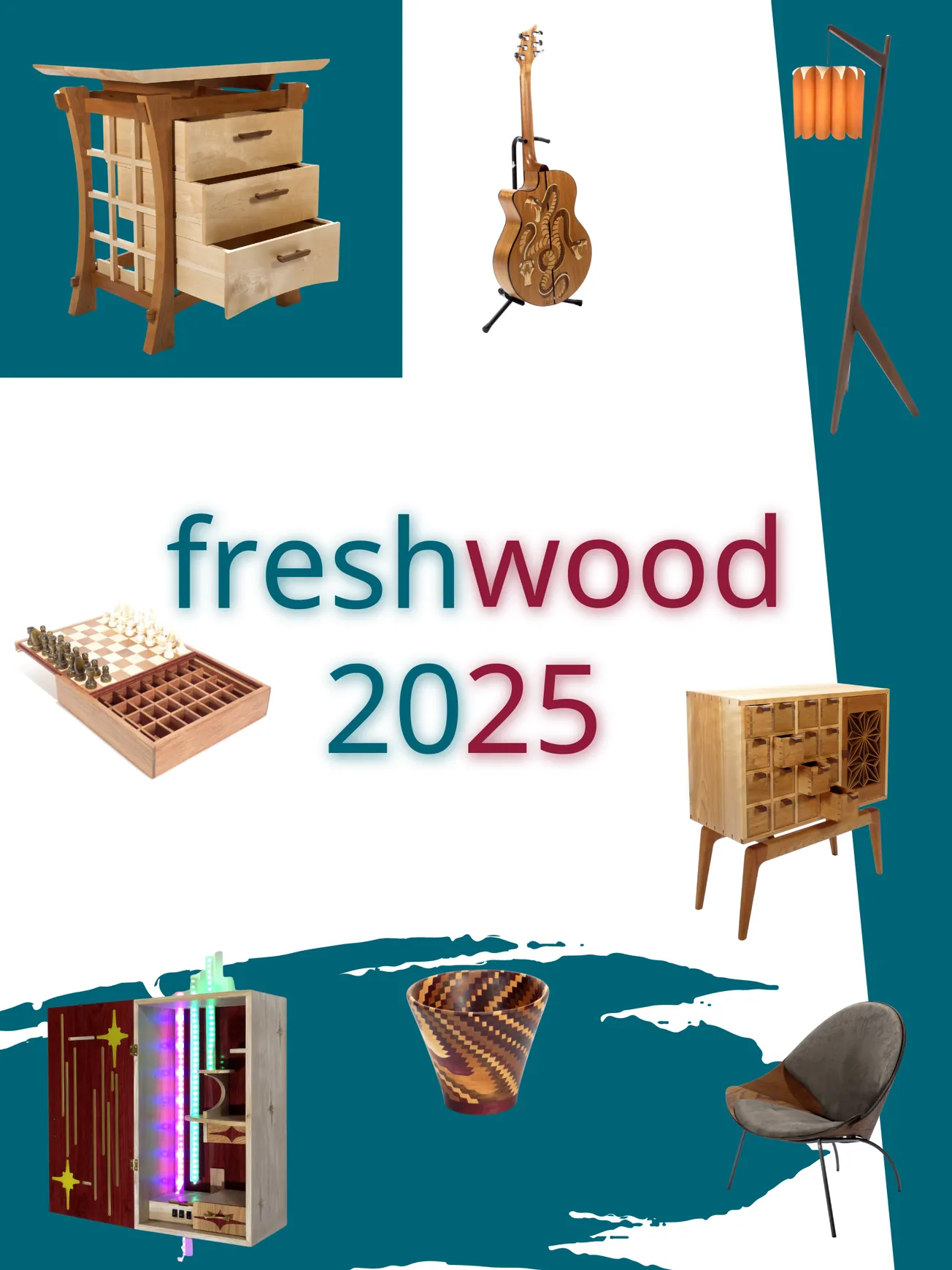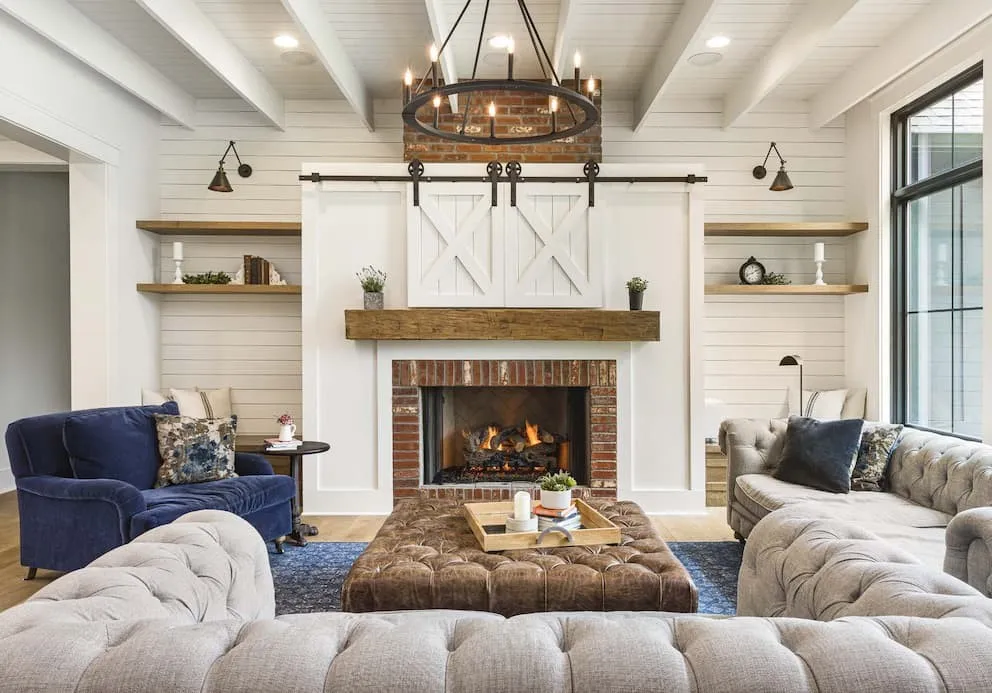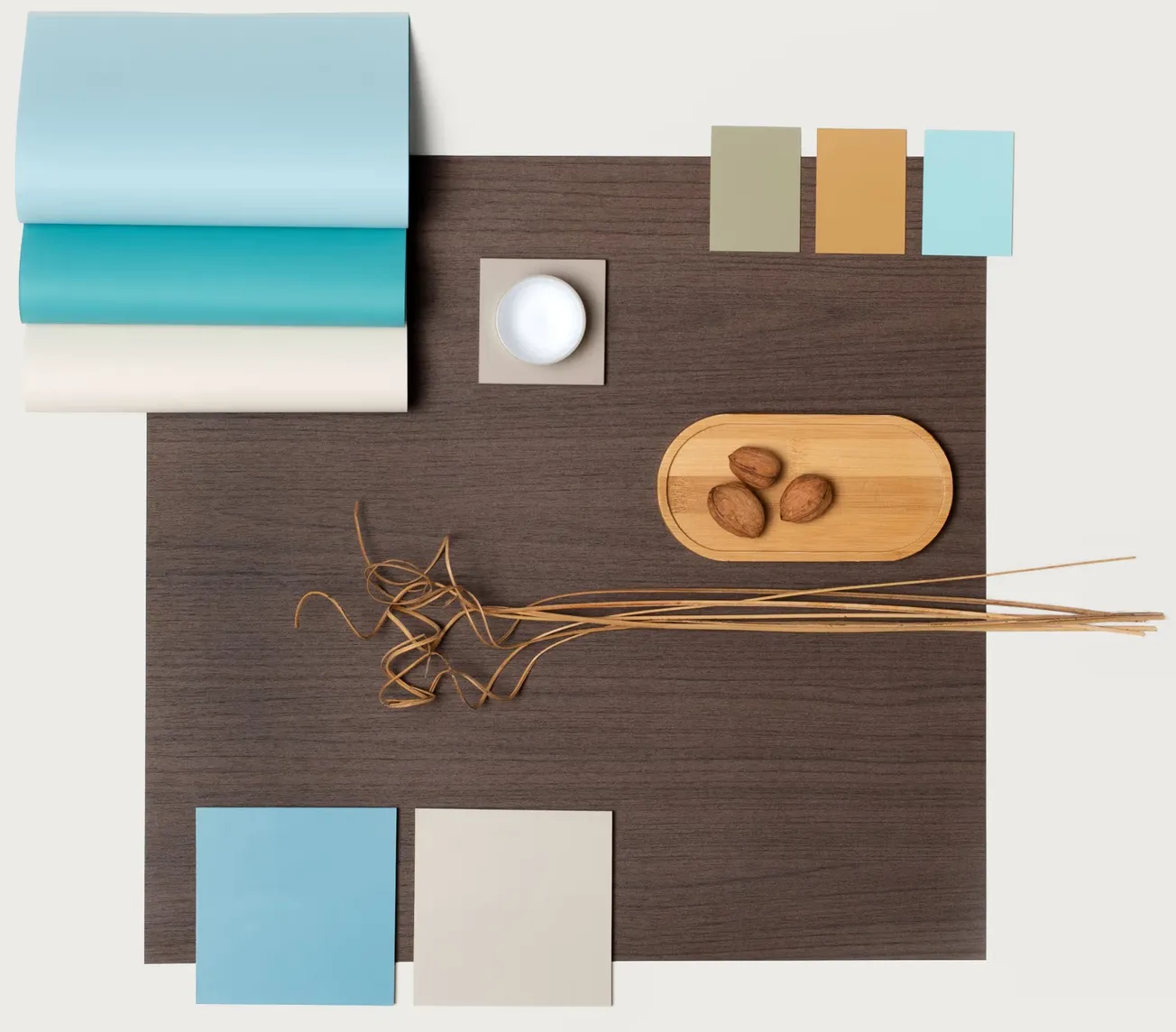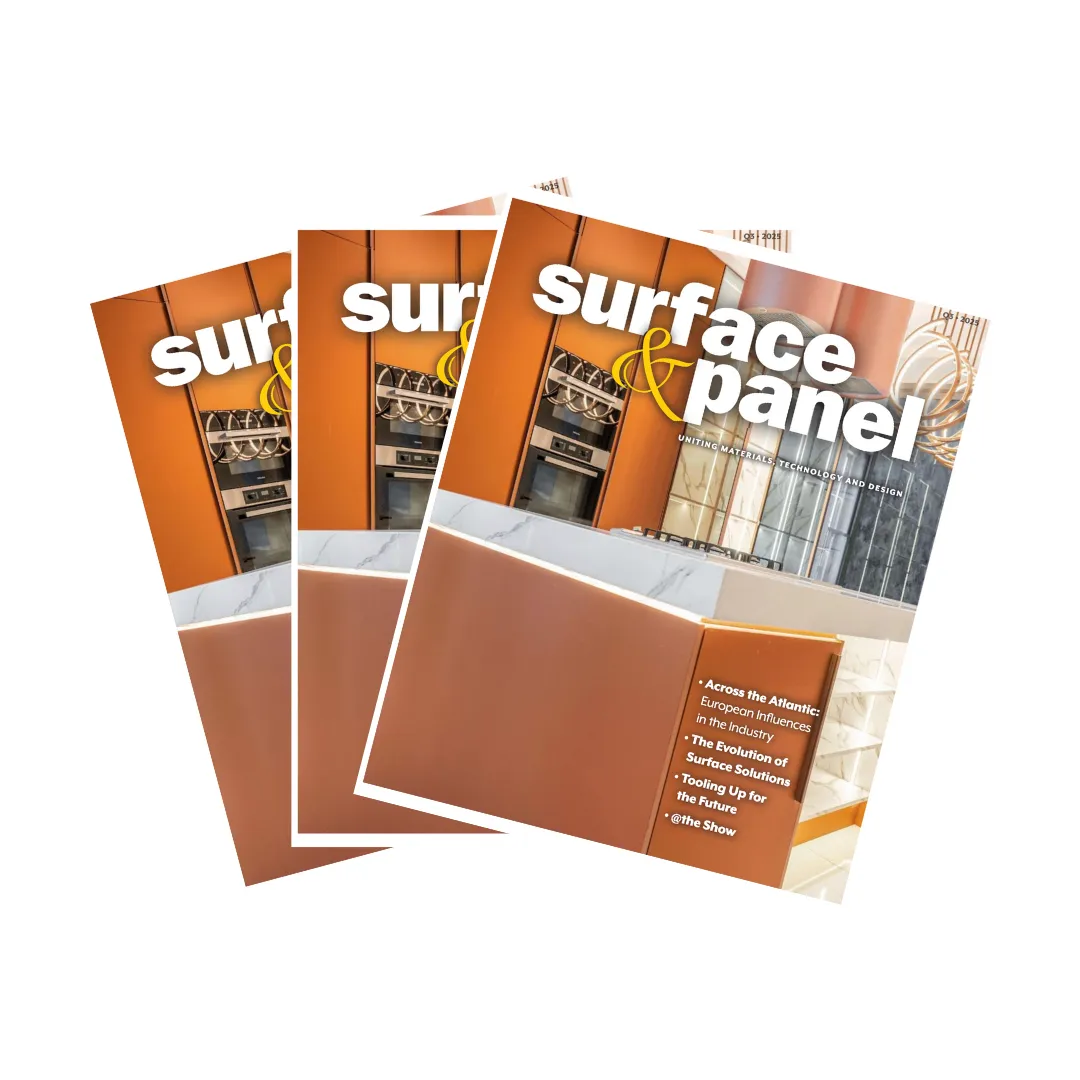Table of Contents
The projected market growth during the forecast period is attributed to the increasing adoption of edge banding in the furniture industry, according to the study from industry research provider The Insight Partners.
Product Resources, Inc.; EdgeCo Incorporated; Surteco USA Inc.; Charter Industries, LLC; JSO Wood Product; Product Resources, Inc.; Sauers & Company Veneers; EdgeCo Incorporated; Edgebanding Services, Inc. (ESI); and REHAU Incorporated are among the major players operating in the global edge banding materials market. Players operating in the global market are constantly focusing on strategies such as investments in research and development activities and new product launches.
Edge Banding Materials Market Report Scope, Segmentations, Regional & Country Scope:
|
Report Coverage |
Details |
|
Market Size Value in |
USD 1.51 Billion in 2022 |
|
Market Size Value by |
USD 2.62 Billion by 2028 |
|
Growth rate |
CAGR of 9.7% from 2022 to 2028 |
|
Forecast Period |
2022-2028 |
|
Base Year |
2022 |
|
No. of Pages |
189 |
|
No. of Tables |
85 |
|
No. of Charts & Figures |
83 |
|
Historical data available |
Yes |
|
Segments covered |
Material, and End Use |
|
Regional scope |
North America; Europe; Asia Pacific; Latin America; MEA |
|
Country scope |
US, UK, Canada, Germany, France, Italy, Australia, Russia,
China, Japan, South Korea, Saudi Arabia, Brazil, Argentina |
|
Report coverage |
Revenue forecast, company ranking, competitive landscape,
growth factors, and trends |
|
Companies Covered |
EdgeCo Incorporated; Surteco USA Inc.; Charter Industries,
LLC; JSO Wood Product; Product Resources, Inc.; Sauers & Company Veneers;
EdgeCo Incorporated; Edgebanding Services, Inc. (ESI); and REHAU |
In 2021, Asia Pacific held the largest share of the global market. Factors contributing to the edge banding materials market growth in the region are the growing demand for edge banding materials from construction and furniture industries due to an increase in urbanization and industrialization. The change in lifestyle of people due to the rise in purchasing power also plays a major role in driving the demand for furniture. Asia Pacific is known as the hub of construction and furniture manufacturing industries. Rising population and increasing investment in the industrial sector are creating a demand for furniture, which requires edge banding. This, in turn, is driving the market in the region.
The quality of edge banding is one of the key criteria for evaluating furniture items in the modern furniture industry. Manufacturers are providing various high-quality wood-based edge banding products with superior visual appeal. The popularity of wood-based edge banding is increasing across the globe due to its aesthetic and natural finish. Moreover, changing consumer preferences, rising inclination toward a luxurious lifestyle, increasing income levels of consumers, and growing commercial spaces are boosting the growth of the wood-based edge banding market.
Based on material, the edge banding materials market is segmented into plastic, wood, metal, and others. The plastic segment is further divided into PVC, ABS, acrylic, and others. The plastic segment held the largest share of the global market in 2021. The plastic segment is further segregated into polyvinyl chloride, acrylonitrile butadiene styrene, acrylic, and others. PVC holds the largest share within the plastic segment. PVC is most used in manufacturing edge bands for the furniture industry due to its excellent processing characteristics and high flame retardancy.
Based on end use, the edge banding materials market is segmented into residential and commercial & industrial. The residential segment held a larger share of the global market in 2021. Edge banding is used in residential furniture, store fixtures, millwork, and kitchen and bathroom cabinets to enhance their appearance. The renovation activities in the residential sector have enhanced the appearance of the residential buildings, due to which there is a high demand for furniture. This is expected to fuel the overall growth of the market for the residential segment.
The COVID-19 pandemic caused significant economic losses across the globe. The edge banding materials market also experienced the adverse effects of the pandemic in 2021. The pandemic temporarily affected the operational efficiencies of various industries due to a huge gap in the supply and demand of raw materials. The pandemic negatively impacted the demand for edge banding materials from the furniture industry.
However, with the relaxation of lockdown measures and the start of vaccination drives, various economies started reviving their operations. The demand for edge banding materials from the furniture industry started increasing, backed by the recovery of various industrial and commercial activities. The rise in the need for edge banding materials and significant investments by prominent manufacturers to increase production capacity are expected to drive the market during the forecast period.







